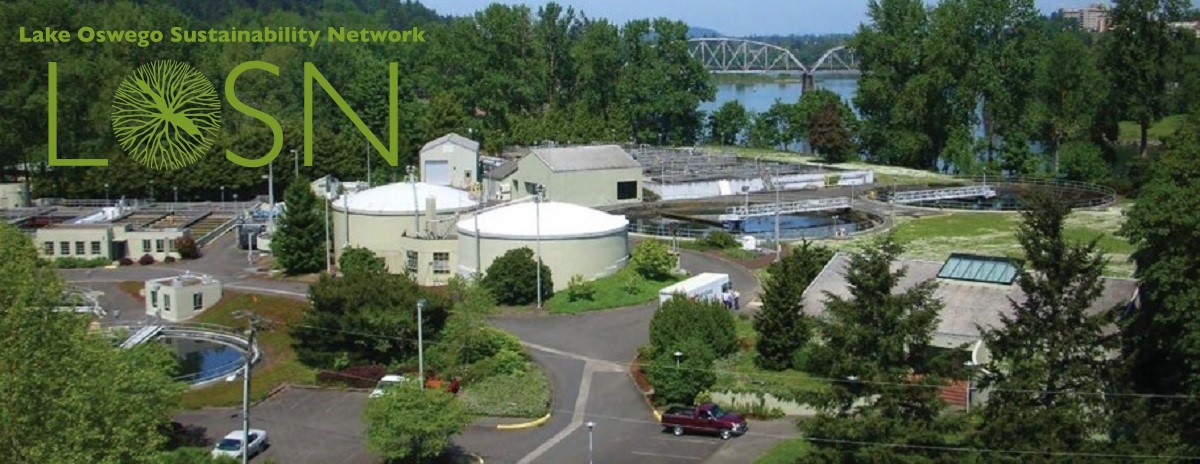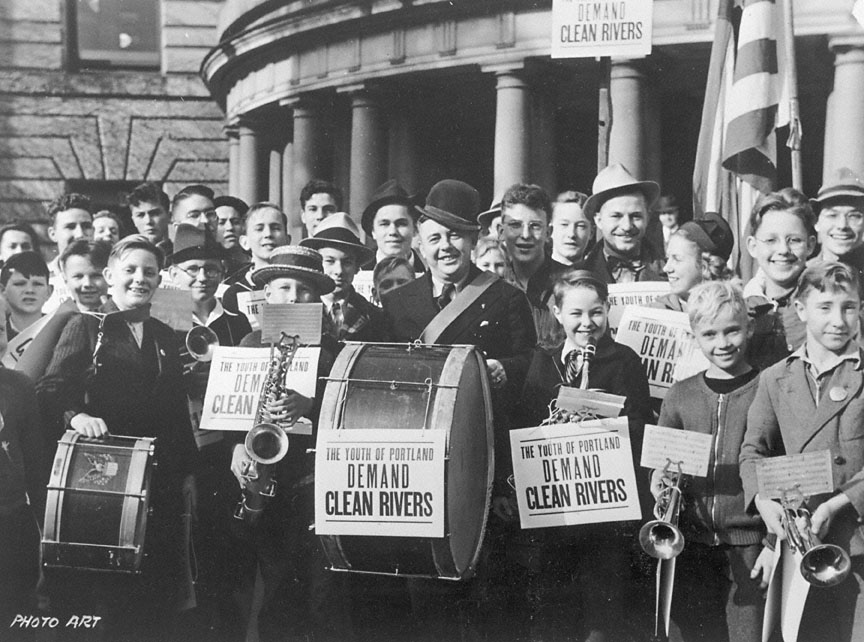Wastewater Treatment Plant Project

Wastewater Treatment Plant Project
Overview
Lake Oswego’s wastewater is currently treated at Portland’s Tryon Creek Wastewater Treatment Plant (TCWTP) located in the Foothills area. The plant needs to be significantly upgraded or replaced to meet current and anticipated water quality discharge standards. The Cities of Lake Oswego and Portland are evaluating whether a new plant can be built for similar cost to upgrading the aging facility.
Benefits
The replacement of the Tryon Creek WWTP is a once in 50+ year opportunity to make a huge positive impact on our community’s carbon emissions. WWTP’s are typically one of the biggest emission sources in a municipality. Although wastewater treatment plants’ primary role is to treat sewage to meet water quality discharge standards, there is also a unique opportunity to produce energy from sewage.
We are lucky in the Northwest to have some great examples of wastewater treatment facilities that have seen the benefits of incorporating sustainability.
- Gresham, Oregon. Net zero. Produces all the energy it needs to run its wastewater treatment plant. Some of its features include: generation of energy from biosolids and locally sourced fats, oils and grease (FOG); solar power array, extraction of heat from the incoming sewage; water reuse; implementation of energy efficiency and conservation measures.
- Clean Water Services (Washington County, Oregon). Recognized for transitioning from a traditional wastewater treatment to comprehensive resource recovery and resiliency.
- Water Environment Services (WES), Clackamas County. In August 2021, WES installed a biopower generator that creates power and heat from the incoming sewage.
Goals
Our goal is to have the facility include as many sustainability features as possible now and be future-focused by employing a design that allows the addition of sustainability features and doesn’t preclude innovation.
LOSN has convened a group of citizens including members of the City’s Sustainability Advisory Board (SAB), former council members, and to encourage and support the city in making this the most sustainable facility possible. Some of the features already proposed by the project design are a new energy efficient process, AquaNereda that is also more compact and reuse of some of the water in the treatment process.
We are focused on four primary recommendations to the city.
- Make Environmental site assessments of the existing site and proposed new site public:
- Transparent metrics. Assess environmental and sustainability benefits for use of solar, energy generation from biosolids, energy efficient facility design
- Be Future-Focused. Design to allow for sustainability attributes now and in the future such as solar, biosolid treatment, treatment of microplastics, pharmaceuticals and others
- Obtain a third-party sustainability review.

Tryon Creek Wastewater Treatment Plant Service Area
Mayor Carson and students for Clean River Measure, 1938
Photo courtesy of The Oregonian
